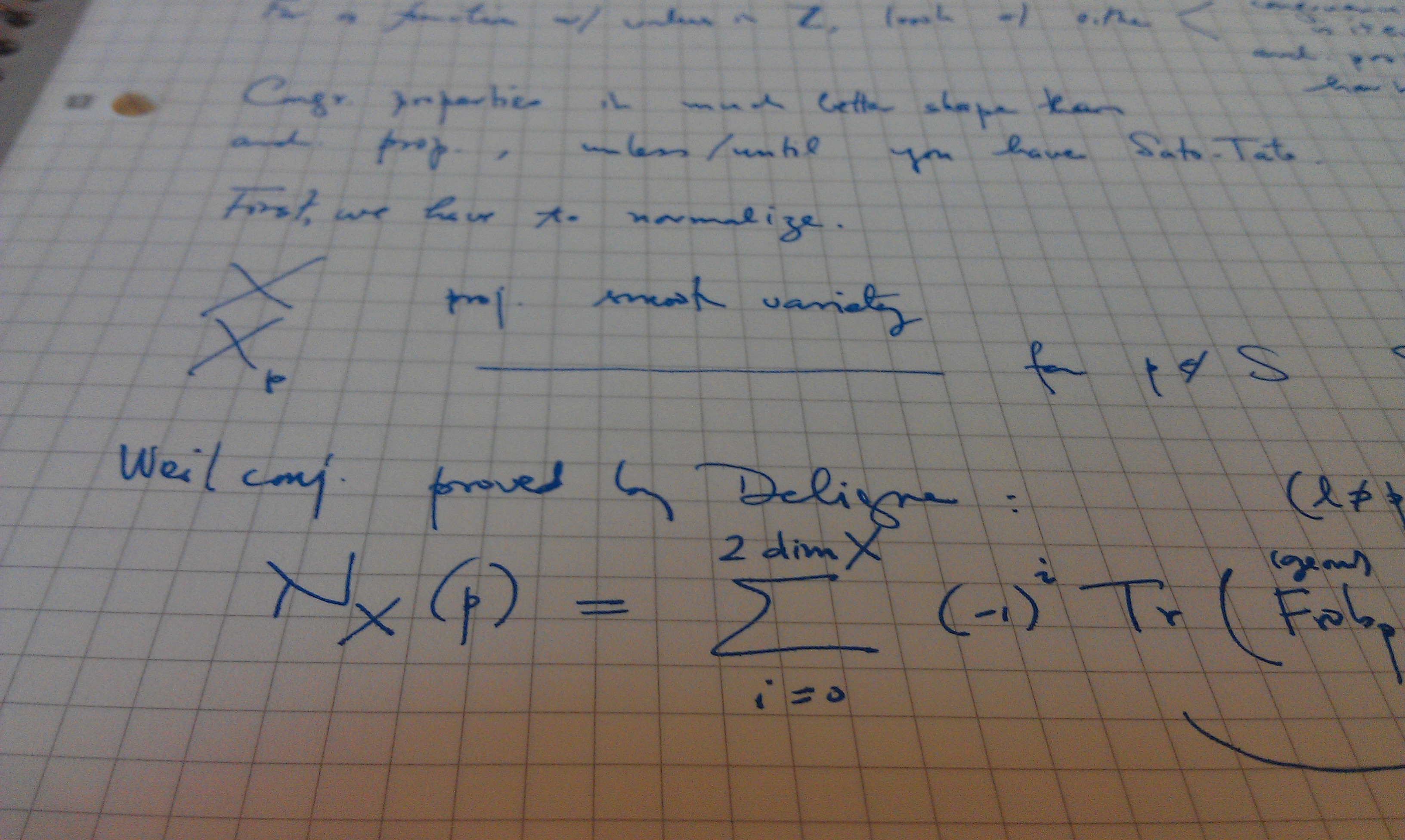Publication Date
2005
Journal or Book Title
Bioinformatics
Abstract
Motivation: In haploinsufficiency profiling data, pleiotropic genes are often misclassified by clustering algorithms that impose the constraint that a gene or experiment belong to only one cluster. We have developed a general probabilistic model that clusters genes and experiments without requiring that a given gene or drug only appear in one cluster. The model also incorporates the functional annotation of known genes to guide the clustering procedure. Results: We applied our model to the clustering of 79 chemogenomic experiments in yeast. Known pleiotropic genes PDR5 and MAL11 are more accurately represented by the model than by a clustering procedure that requires genes to belong to a single cluster. Drugs such as miconazole and fenpropimorph that have different targets but similar off-target genes are clustered more accurately by the model-based framework. We show that this model is useful for summarizing the relationship among treatments and genes affected by those treatments in a compendium of microarray profiles.
Volume
21
Issue
15
Recommended Citation
Flaherty, Patrick, "A latent Variable Model for Chemogenomic Profiling" (2005). Bioinformatics. 1271.
Retrieved from https://scholarworks.umass.edu/math_faculty_pubs/1271
